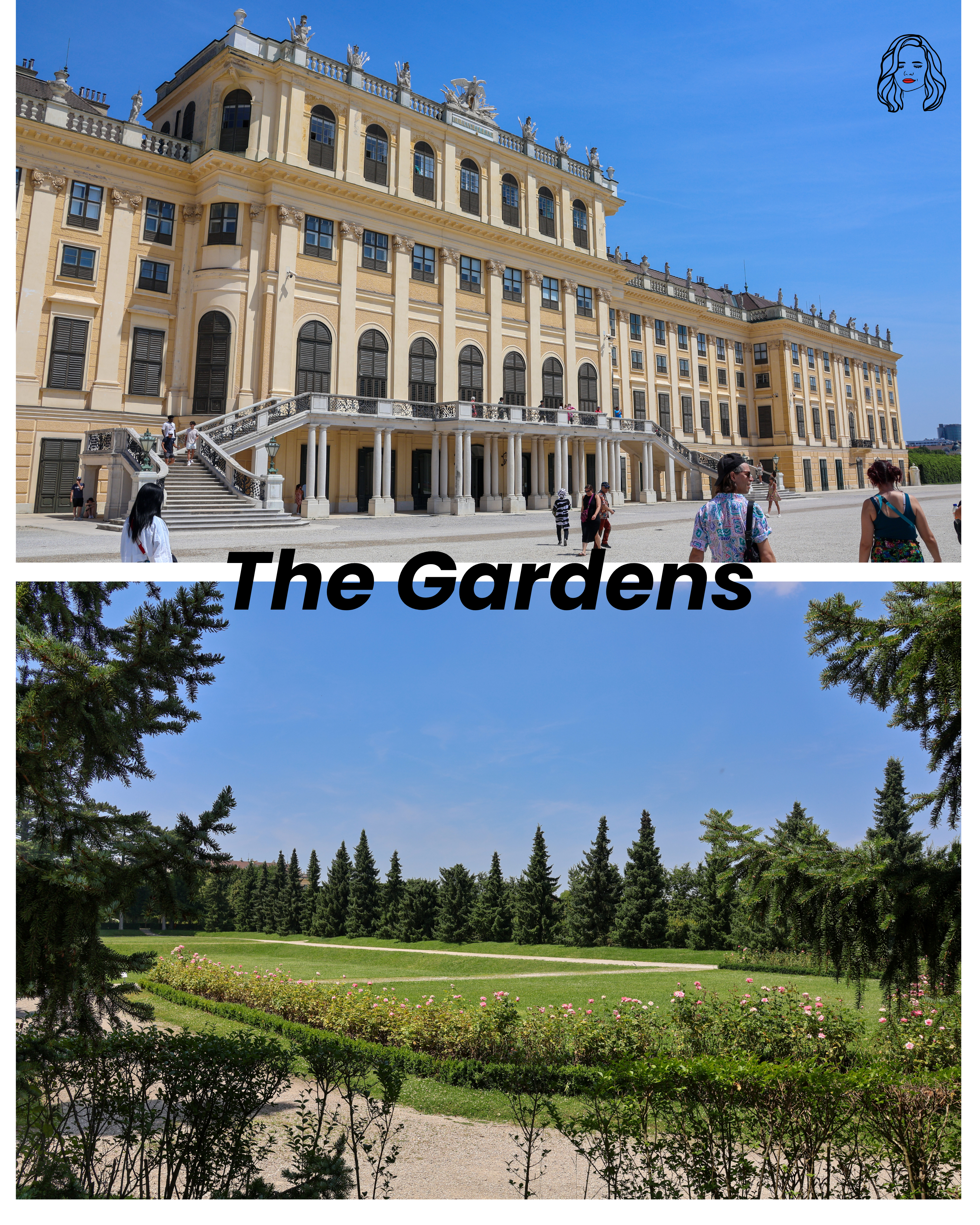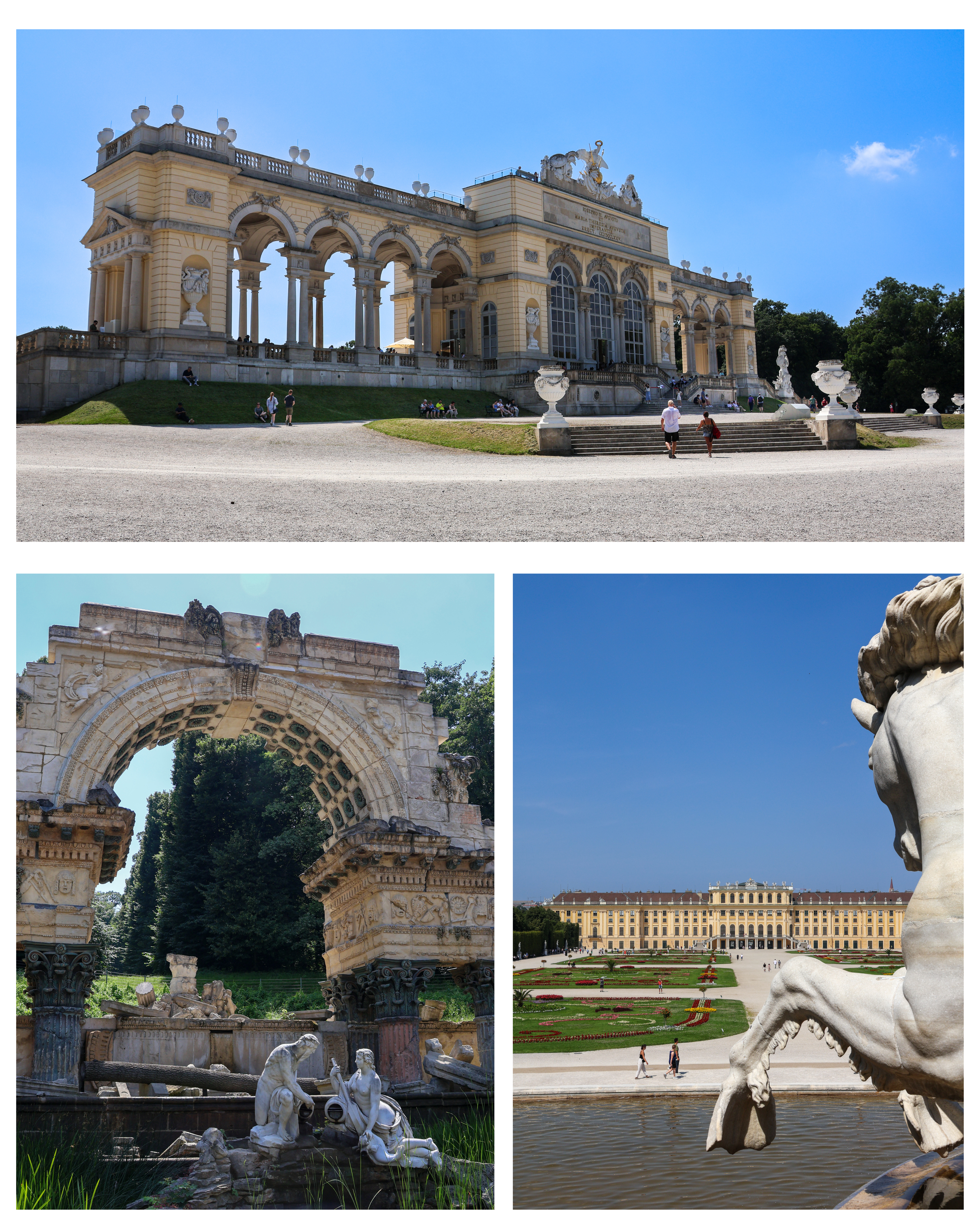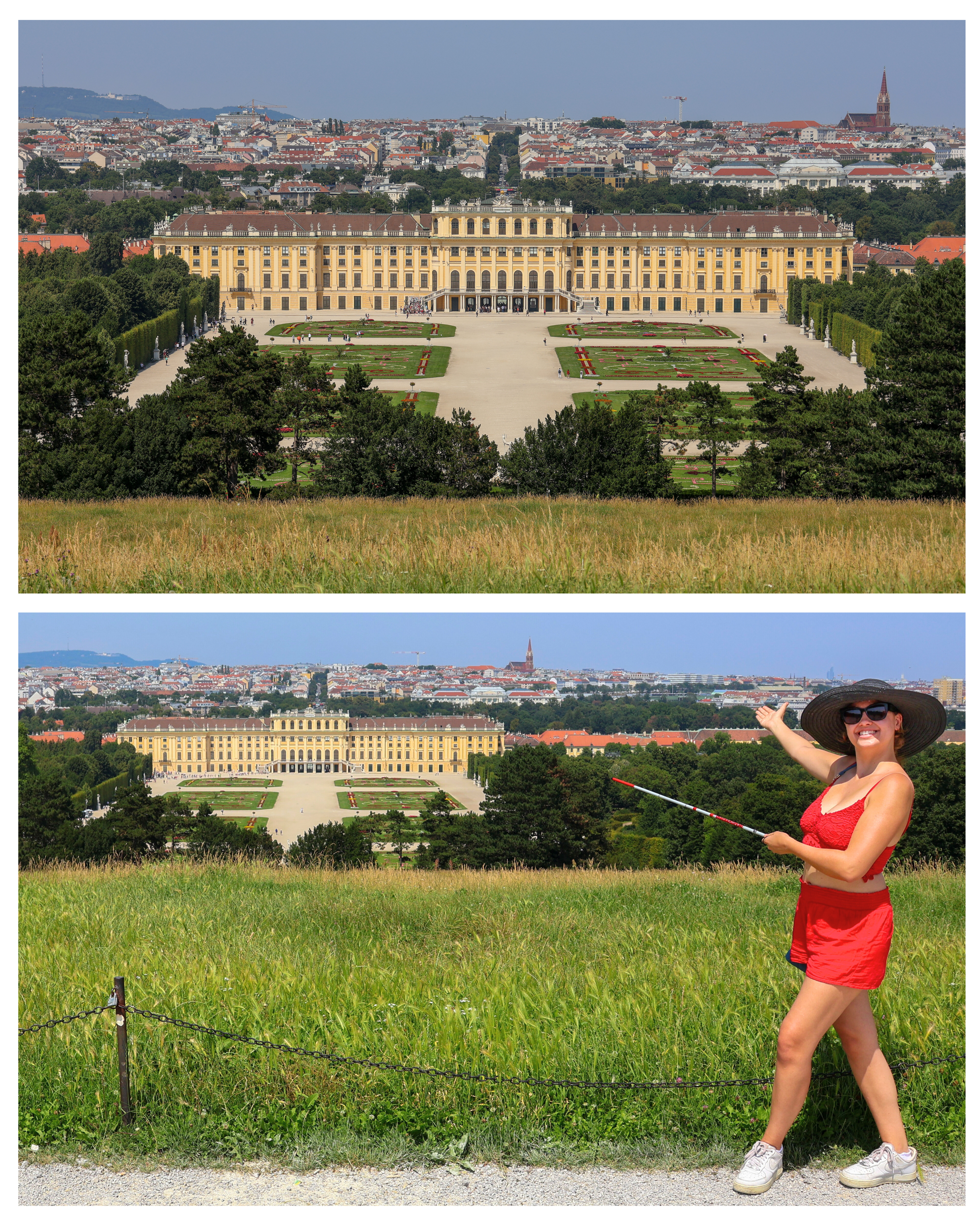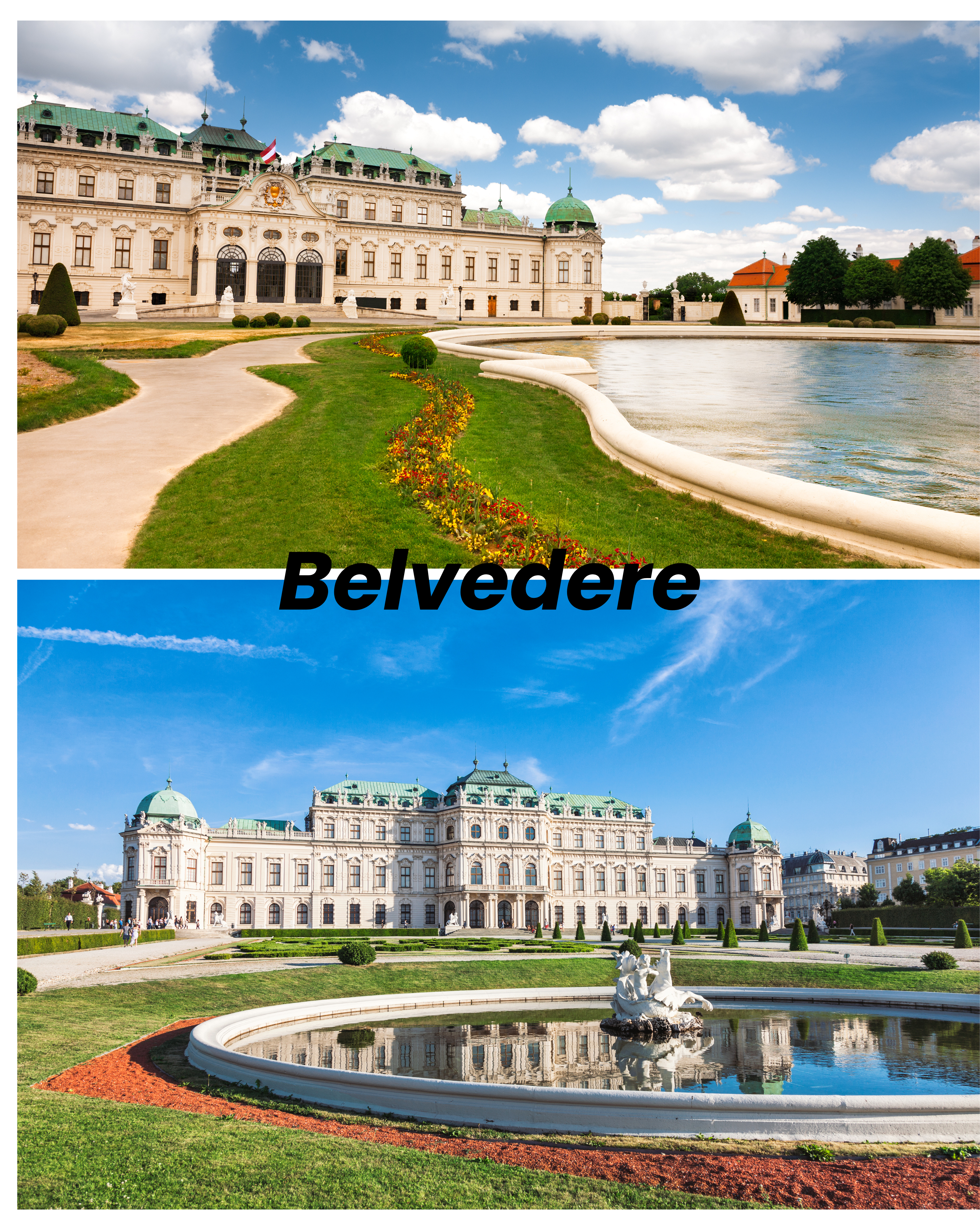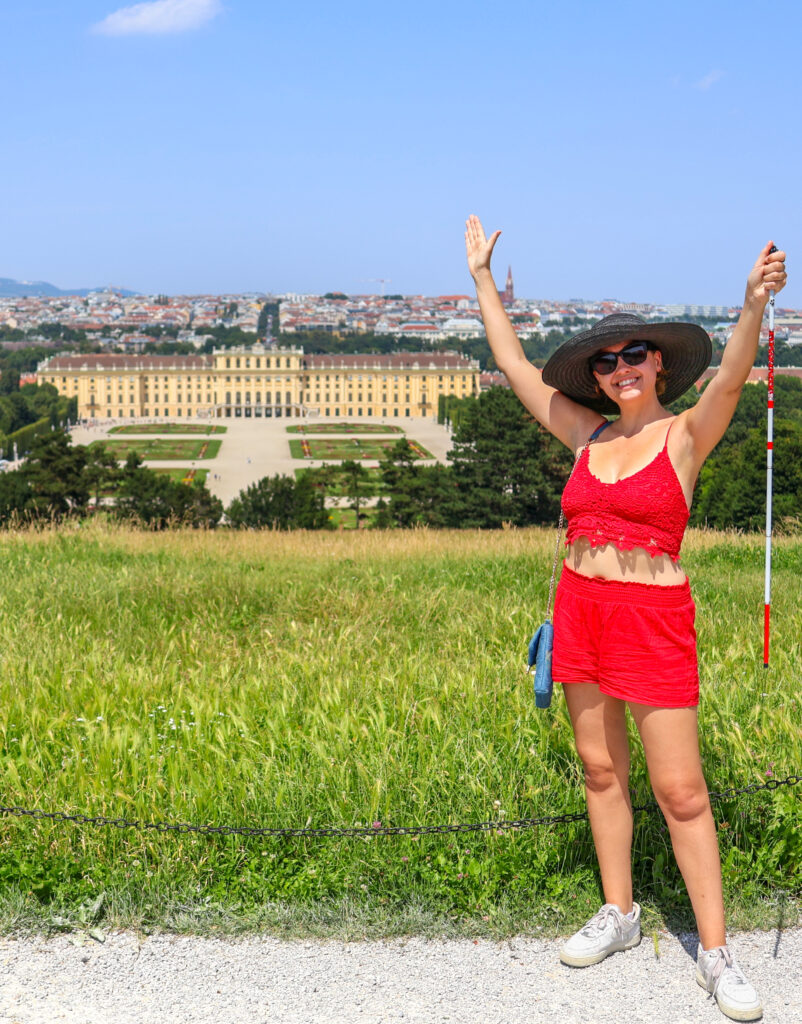Whilst researching activities for my short trip to Vienna, one thing immediately became clear: when in Vienna, visit a palace! The city is full of them – not surprising, given it was once the heart of the mighty Habsburg Empire, a dynasty that ruled for seven centuries (1282-1918). Naturally, every noble family with a drop of blue blood eagerly built an ornate Baroque or Neoclassical palace to show off their prestige—including the Imperial Family itself.
📍Vienna, Austria |❗Includes Accessibility Advice
🧑🏽🏫 Short History Lesson
The Habsburgs lived in the Hofburg Palace, a massive complex in the city center that housed everything from royal apartments to the Spanish riding school, the administrative center and the seat of government. From the 18th century onwards, the family would periodically retreat to Schönbrunn, their “getaway” summer residence surrounded by large grounds and once a richly-filled hunting forest.
Unsure which palace to explore, I ended up visiting both. A good choice, as now I can confidently tell you that you definitely don’t need to! Here’s why.
1️⃣👑 Hofburg: for History Lovers, Bad Weather Days and 1-Day Trips
Today, the Hofburg Complex has a variety of uses. For example, it is the official workplace and residence of Austria’s Federal President and a prominent venue for events, such as the famous Vienna Opera Ball.
Yet, it is also home to a number of renowned museums, the best-known being the Sisi Museum (1), the Imperial Apartments (2) and the Imperial Silver Collection (3). Unfortunately, the latter is currently temporarily closed, expected to re-open in 2026.
→ SISI MUSEUM: WHAT TO EXPECT 🫅
The Sisi Museum and Imperial Apartments can be visited with a single ticket that has a fixed admission time. The tour begins in the Sisi Museum, which is dedicated to the life of Empress Elisabeth, wife of Emperor Franz Joseph I, who was tragically assassinated in 1898.
Although I initially visited Hofburg for the Imperial Apartments, the Sisi Museum was surprisingly good. Elisabeth, known for her beauty and style, is vividly brought to life through displays of her dresses, jewelry, and hairpieces—which, luckily, you can get very close to!
You also get acquainted with her passion for the arts, philosophy, and politics, as well as her struggles with the rigid expectations of court life and her ongoing battle with mental health issues. Learning her story through the audio guide was very moving. For my accessibility remarks, see below.
→ IMPERIAL APARTMENTS: WHAT TO EXPECT 🏠
After the museum you enter the Imperial Apartments, where Elisabeth and Franz Joseph once lived and worked. The tour takes you through 24 rooms, including the emperor’s study, salons and audience room, where he reportedly received nearly 260,000 people during his reign! You also get a tour of Sisi’s quarters, such as her bath-, dressing- and exercise rooms.
The so-called Bergl rooms were my absolute favorite. These feature exotic landscape murals painted by Johann Wenzel Bergl. There is also a set of Bergl rooms in Schonbrunn, which are noticeably larger – more on that later!
The interiors of the apartments are lavishly Baroque, with dark red curtains, squeaky wooden floors, and white ceilings embellished with gold detailing. Although I cannot perceive fine details due to my visual impairment, I found the color composition and the glistening of the chandeliers to be very beautiful.
❣️Important note for VIPS: You are not allowed to take photos in the Imperial Apartments. However, I know many of us use our phones to zoom in on our surroundings. Therefore make sure to notify the security so you can peacefully walk around with your phone!
→ WHY VISIT HOFBURG?
I recommend visiting Hofburg if (1) you are a Sisi fan, (2) eager to learn about Habsburgs-politics and/or are (3) in Vienna for a short period of time. In comparison to Schönbrunn, Hofburg is located (4) right in the city center and though the Imperial apartments definitely do not have the grandeur of the rooms in the Schönbrunn palace, the baroque and neoclassical interiors are very similar in style. Visiting Hofburg also takes (5) significantly less time (around 75 minutes) than Schönbrunn (with the grandens, half a day).
Since Hofburg does not have huge gardens like Schönbrunn does, it is (6) a great option for bad weather days, especially in the fall/winter season!
➔ Ticket price? €19,50 for adults (audio guide) or €24,50 (guided tour)
➔ Disability Discount? Yes ✔️, upon presentation of a valid disability ID. Disabled visitors pay 18 euros, and registered companions of visually impaired visitors or wheelchair users enter for free.
➔ Audio Guide? Yes ✔️, the quality of the audio guide was good, though paintings and certain room settings could have been described better (ie. what could be seen in each part of the room or art work). The guide was more informative than descriptive.
➔ Purchasable online? Yes ✔️. I actually strongly recommend buying tickets online, as this can save you a lot of time in the queue.
➔ Accessible? Yes ✔️, though the Sisi Museum has rather dim lighting. This makes some spaces and displays quite dark. Keep this in mind when navigating with a visual impairment. The exhibition is wheelchair accessible and has accessible toilets 3.5 ✨out of 5!
Purchase your tickets at: https://www.sisimuseum-hofburg.at/en/tickets/tickets-prices
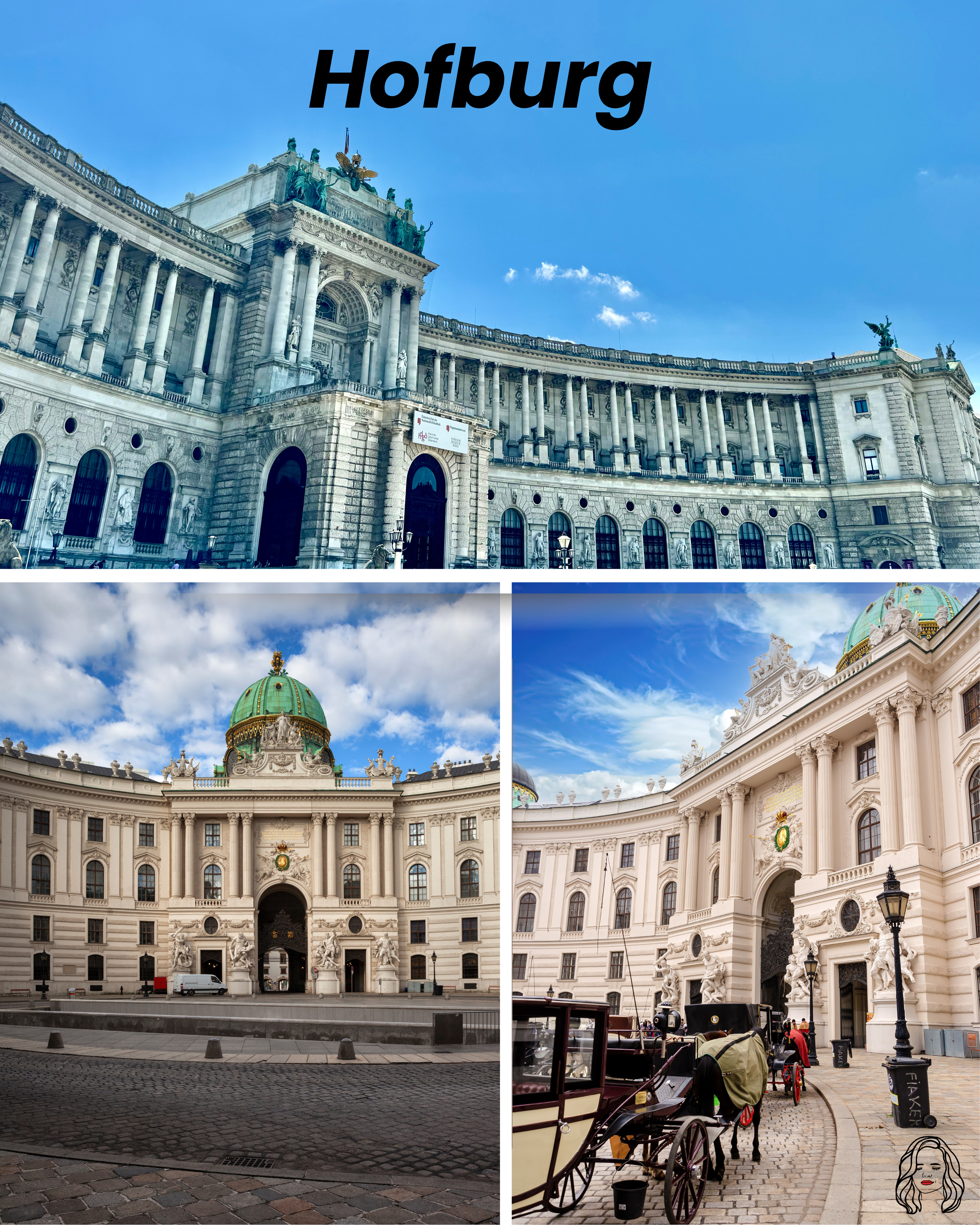
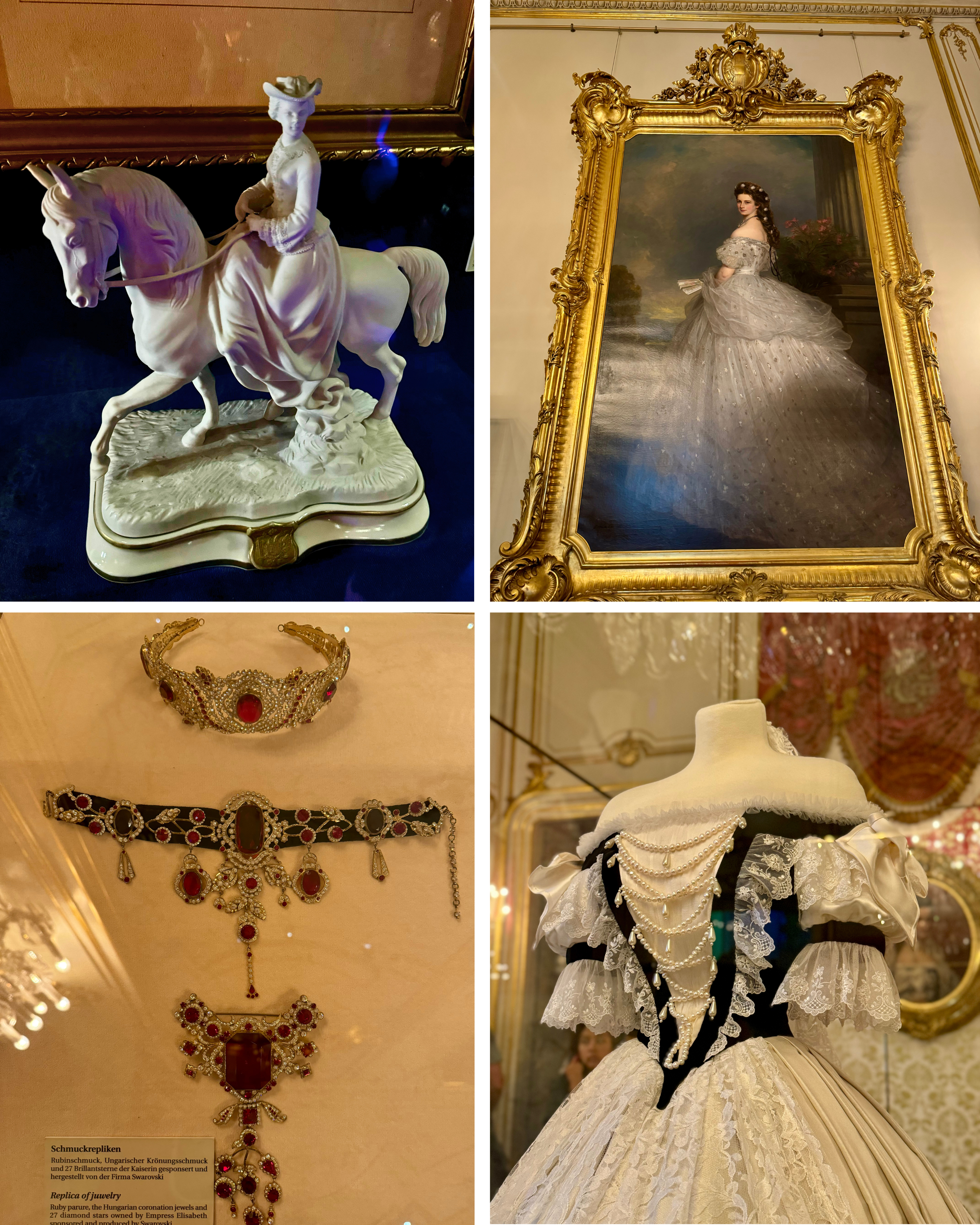
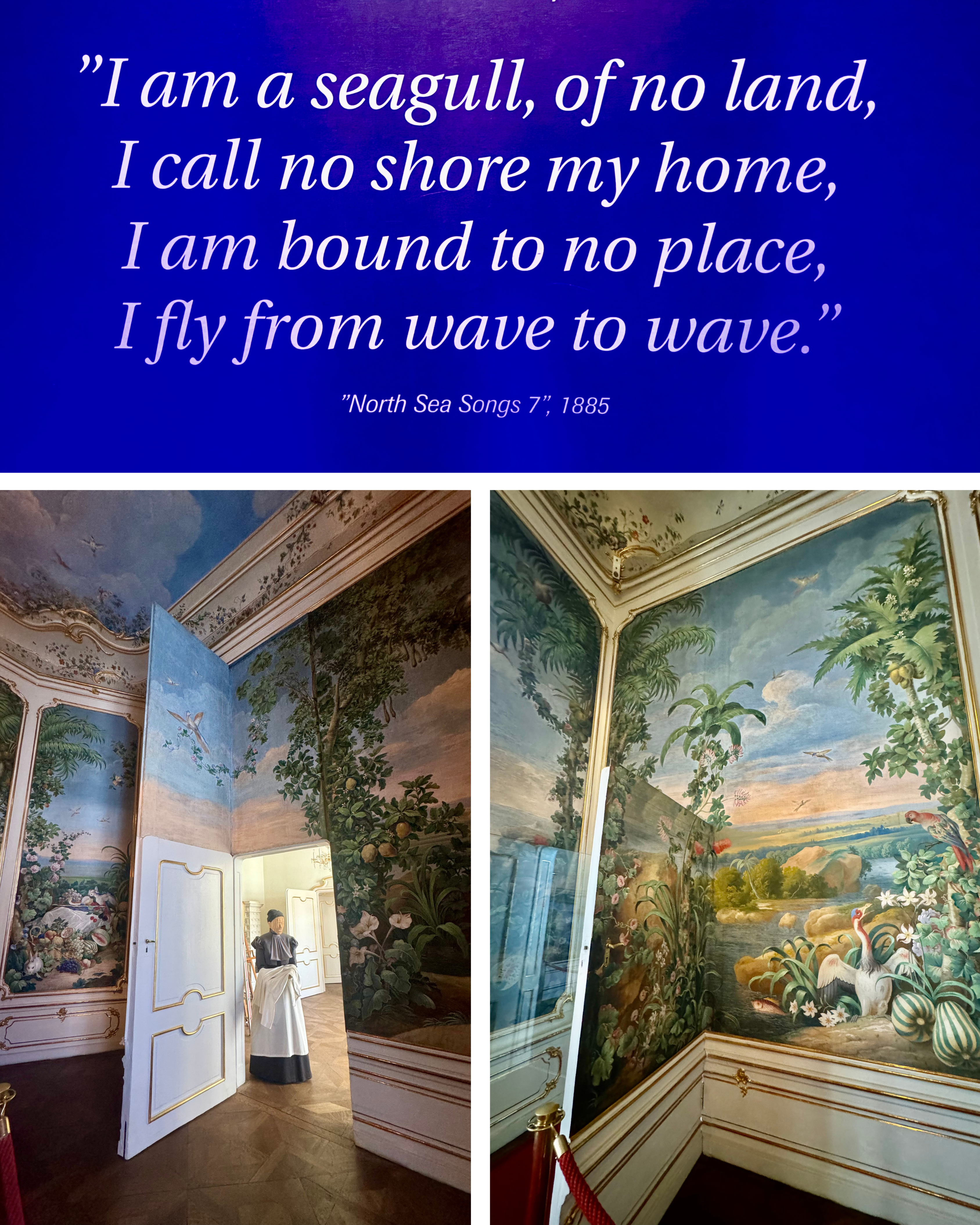
2️⃣☀️ Schönbrunn: for Garden Lovers, Sunny Days and Great Views
Are you a lover of architecture, royal tales, and lush gardens? Then Schloss Schönbrunn is undoubtedly for you! Visiting during the holiday season? You’re in for a treat with its enchanting Christmas market as a bonus!
→ WHICH TOUR DO I RECOMMEND? ✍️
Schönbrunn Palace offers several tours tailored to different schedules and interests. The most popular option is the 🟨 extensive Grand Tour, which grants access to 40 rooms, including highlights such as the Great Gallery, the Hall of Mirrors, and the Emperor’s private apartments.
If you’re short on time, the 🟦 shorter Imperial Tour is a great alternative. This 22-room tour covers key areas, including Franz Joseph and Elisabeth’s private apartments, offering a glimpse into their daily lives and the palace’s Rococo architecture.
I opted for the slightly pricier,🟥 guided Maria Theresa Tour, the only option that includes access to the Bergl Rooms. With their stunning landscape murals depicting tropical flora and exotic animals like parrots and peacocks, these rooms truly stand out. Originally Maria Theresa’s private quarters, the murals reflect her love for distant lands and nature—a passion I definitely share!
Since the palace can get extremely crowded, it was wonderfully calming to have the rooms all to ourselves. This exclusive setting allowed me to zoom in with my phone to admire the frescoes, while the knowledgeable guide provided visual descriptions where needed. In my opinion, the extra cost for this tour is absolutely worth it!
→ THE GARDENS: WHAT TO EXPECT 🌺
The palace grounds are open year-round, with most areas free to explore. Expect fragrant flowers—roses, hydrangeas, asters—and a rich variety of textures, from meticulously trimmed hedges to velvety lawns (that you can’t walk on, just fyi).
Some specialized gardens, such as the maze, the Privy Garden, the Orangery, and the Palm House, require a separate ticket, which can be purchased on-site or through the official website. Personally, I found the free areas more than large enough and didn’t feel the need to visit any additional sections.
Other highlights include grand fountains, Roman ruins, and the Gloriette, a temple-like structure standing atop a 60-meter hill. You can hike up for free and enjoy the café or, for an additional fee, take in panoramic views from the Gloriette’s rooftop.
A hidden gem is Café Pavillon, a peaceful outdoor café tucked away in the Crown Prince Garden. Though pricey (royal grounds, after all!), it’s the perfect escape from the crowds, especially on warm days. The café is open from April to October.
→ WHY SCHONBRUNN?
Visit Schönbrunn if you’re looking for that (1) royal castle experience. Its rooms, especially the ballroom, are more spacious than those at Hofburg, featuring extravagant wood paneling, chandeliers, and artwork. The (2) larger details are also more accessible to visually impaired visitors, complemented by (3) fragrant gardens that truly shine on sunny days.
The palace also hosts (4) concerts in its orangery, offering a fine selection of music by Mozart and Strauss. Though slightly further from the city center, (5) its multi-sensory experience definitely surpasses Hofburg’s!
Getting there is a breeze using the underground U4, tram 10/ 60 or bus 10A.
➔ Ticket price (2024)? Depends on your tour of choice: https://www.schoenbrunn.at/en/tickets-and-prices/all-tickets-tour
➔ Disability Discount? Yes, BUT this discount is ONLY available at the museum ticket desks (so not online), upon presentation of a valid disability ID. Disabled visitors pay 18 euros, and registered companions of visually impaired visitors or wheelchair users enter for free.
➔ Audio Guide? Yes ✔️, an audio guide is included free of choice. Because I took the guided tour, I unfortunately can’t say anything concerning its quality.
➔ Purchasable online? Yes ✔️, although disability tickets can only be purchased on site
➔ Accessible? Yes ✔️, but it can get very crowded in the palace so please be mindful of your visiting time. The garden lanes are wide and there is a way to get to the top of the hill (for a view of Vienna) without stairs. 4 ✨out of 5!
Please note: in case you wish to visit both Schonbrunn and the Hofburg it might be interesting to get a ‘Sisi ticket’ or a ‘Vienna City Card’: https://www.sisimuseum-hofburg.at/en/tickets/tickets-prices#sisi-ticket
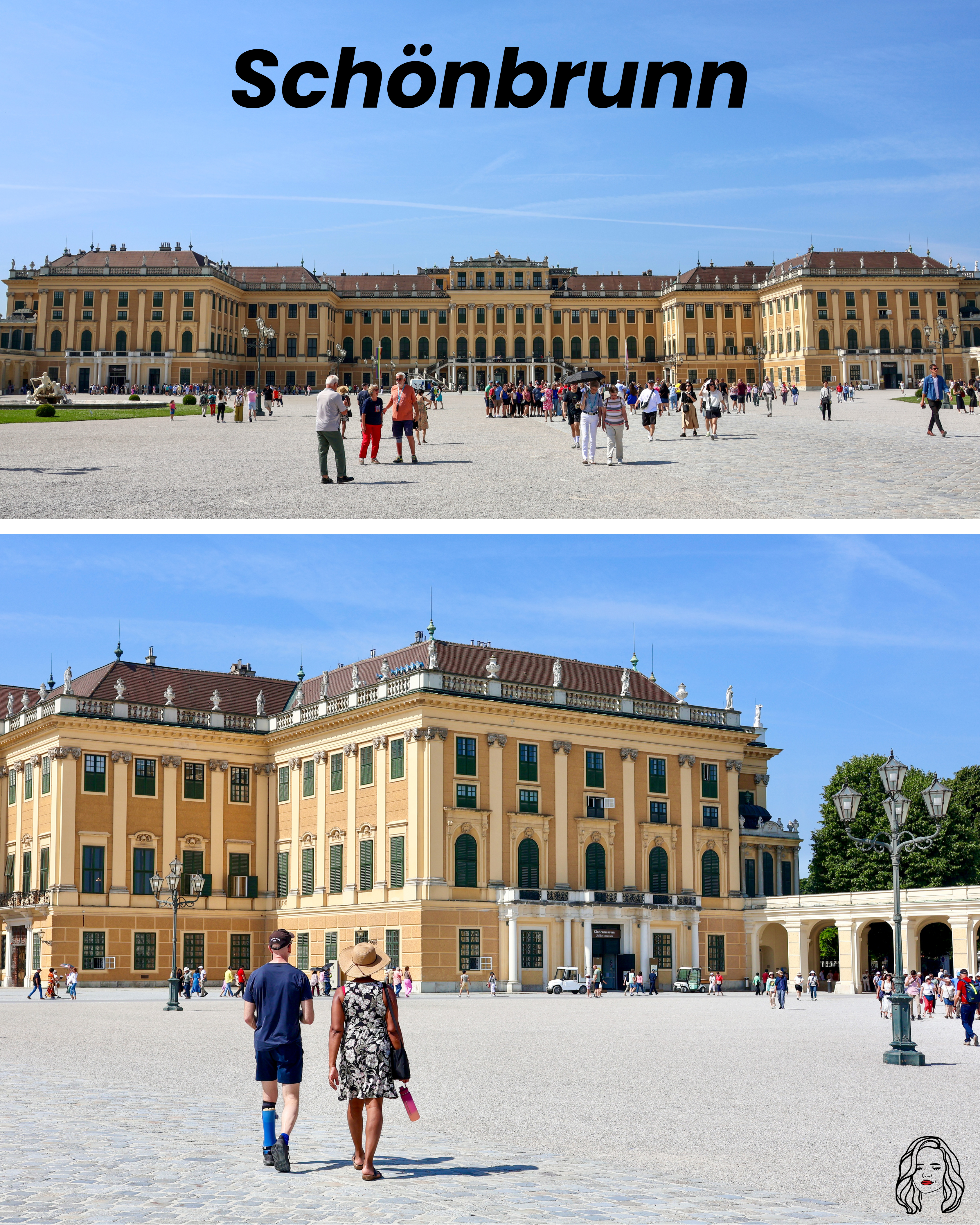
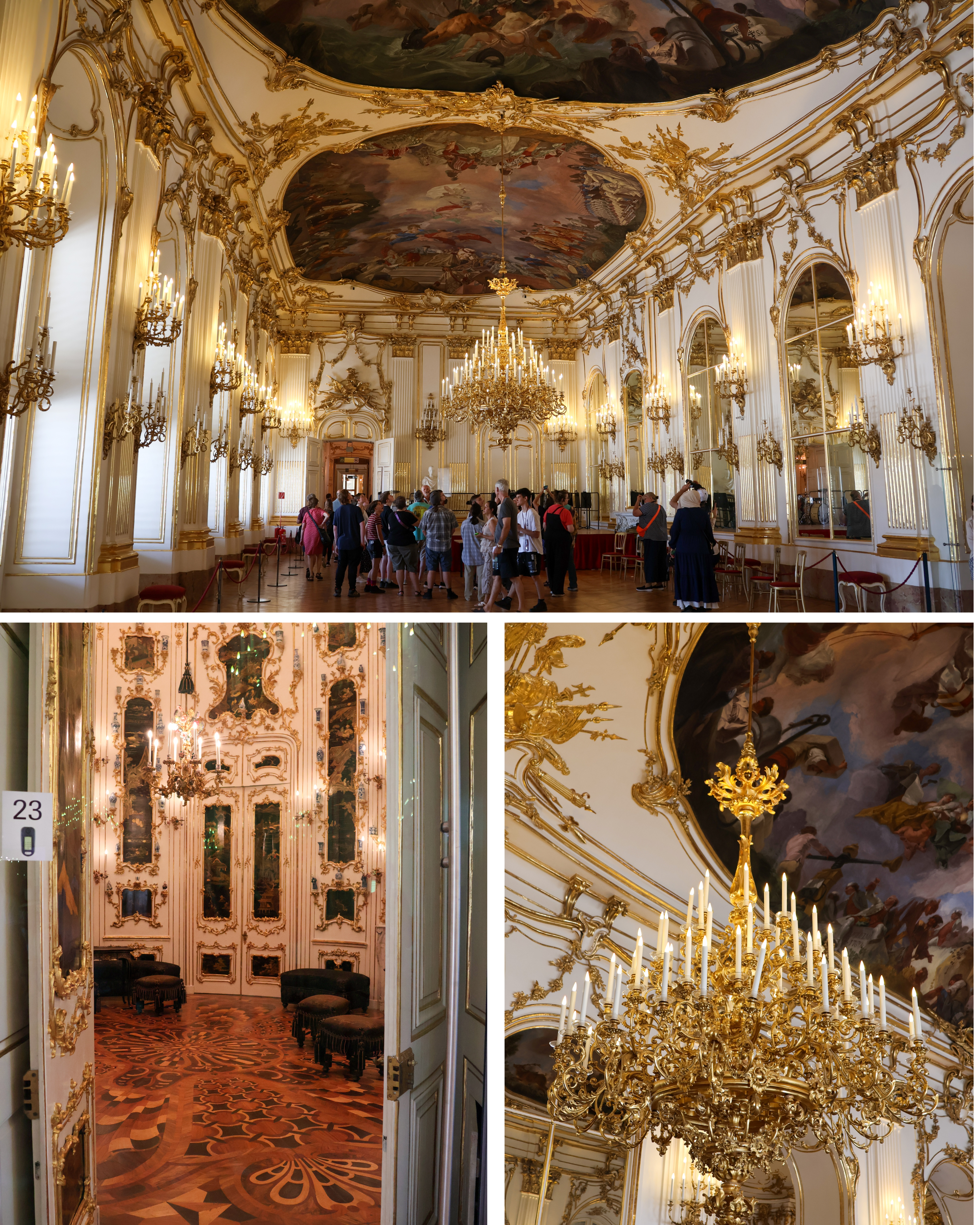
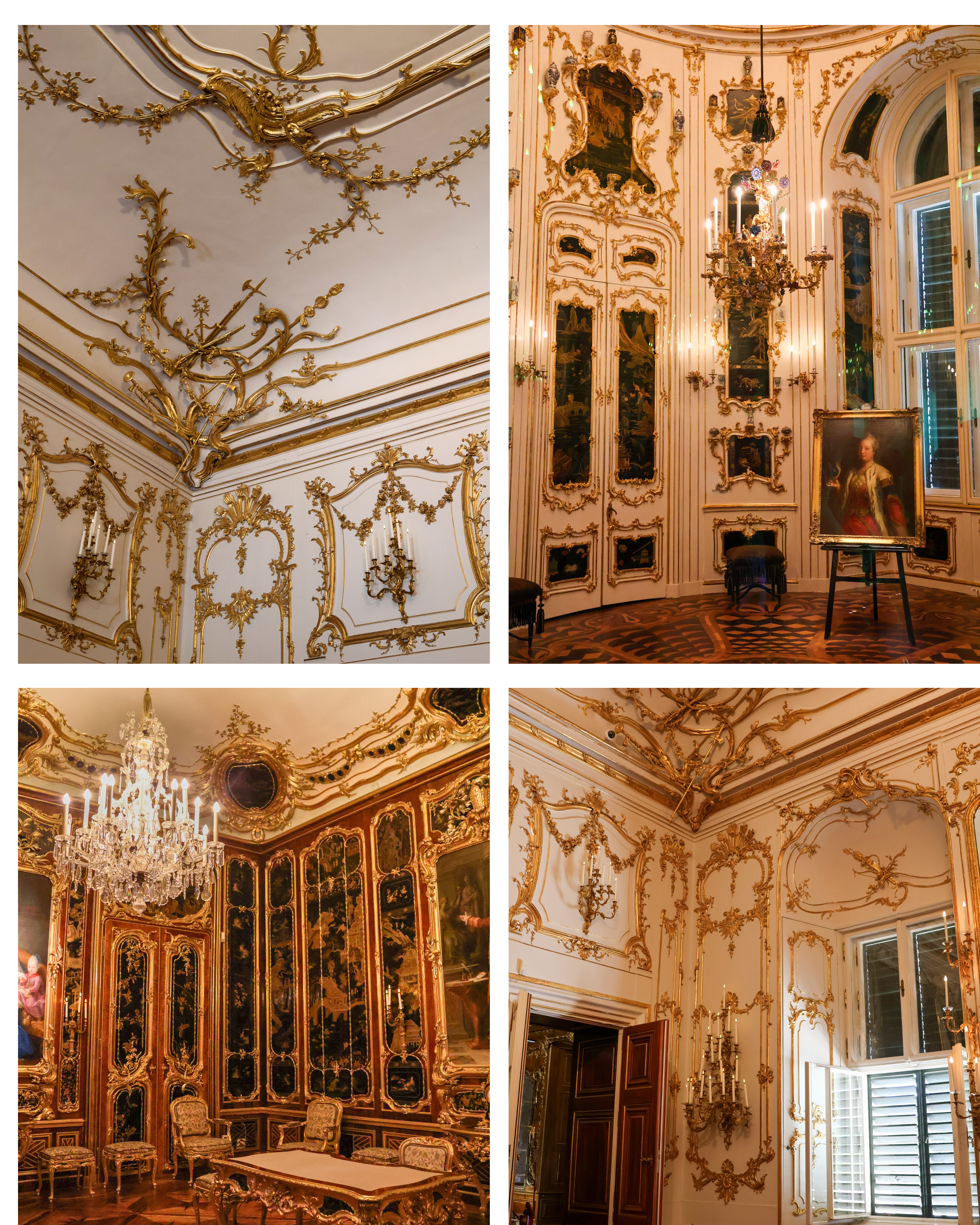

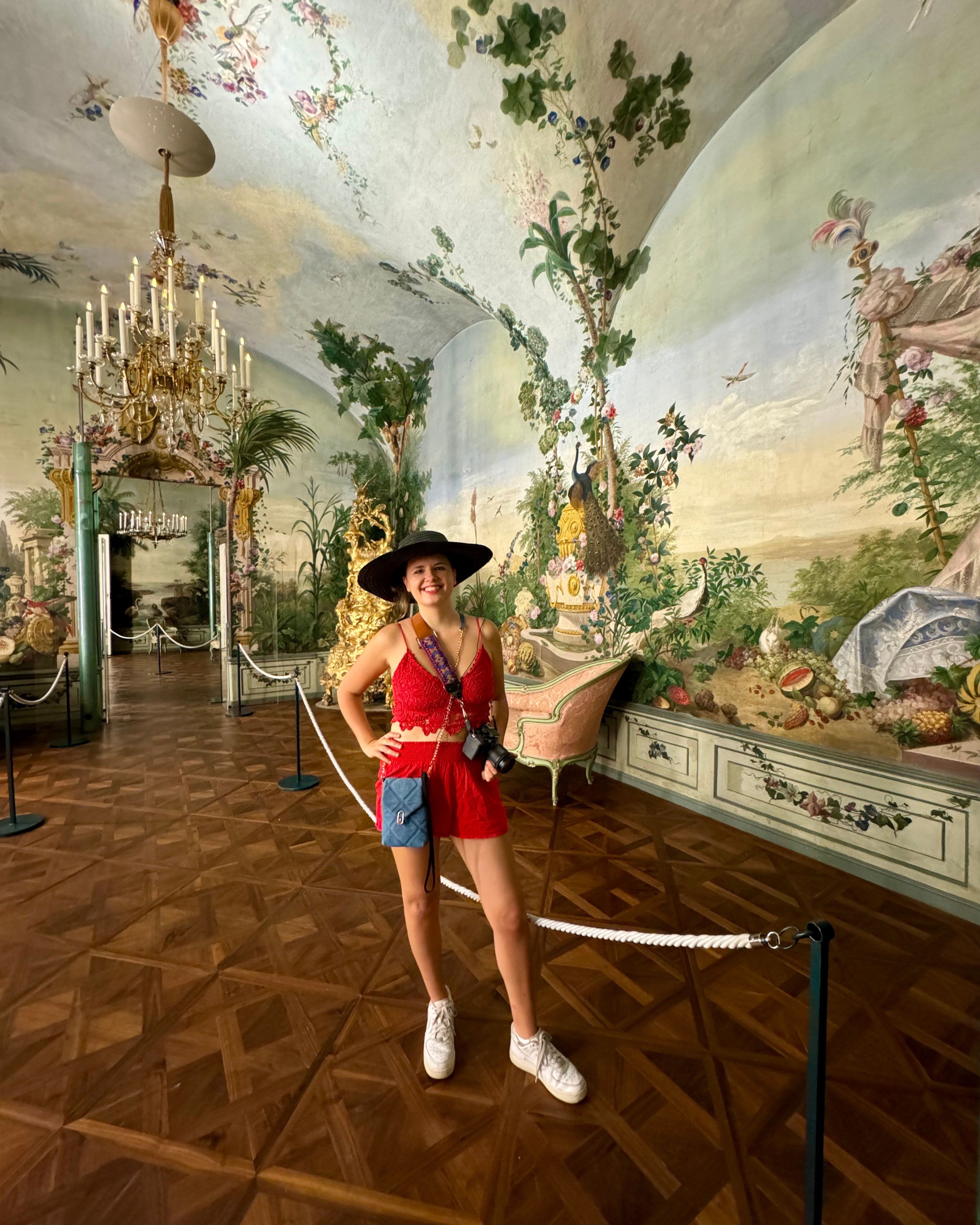

🎨 Honorable Mention: the Belvedere Palace
If you enjoy art, I highly recommend checking out Belvedere Palace! Originally built in the 18th century as a summer residence for Prince Eugene of Savoy, this beloved complex consists of the Upper and Lower Belvedere, connected by elegant French-style gardens.
Although I didn’t visit the palace myself, I’ve heard great things about its Baroque architecture and impressive art collection, which includes Gustav Klimt’s famous masterpiece, The Kiss. Like Schönbrunn, it also offers panoramic views of Vienna.
I unfortunately can’t report on its accessibility, but if you have been, please let me know how it was!
